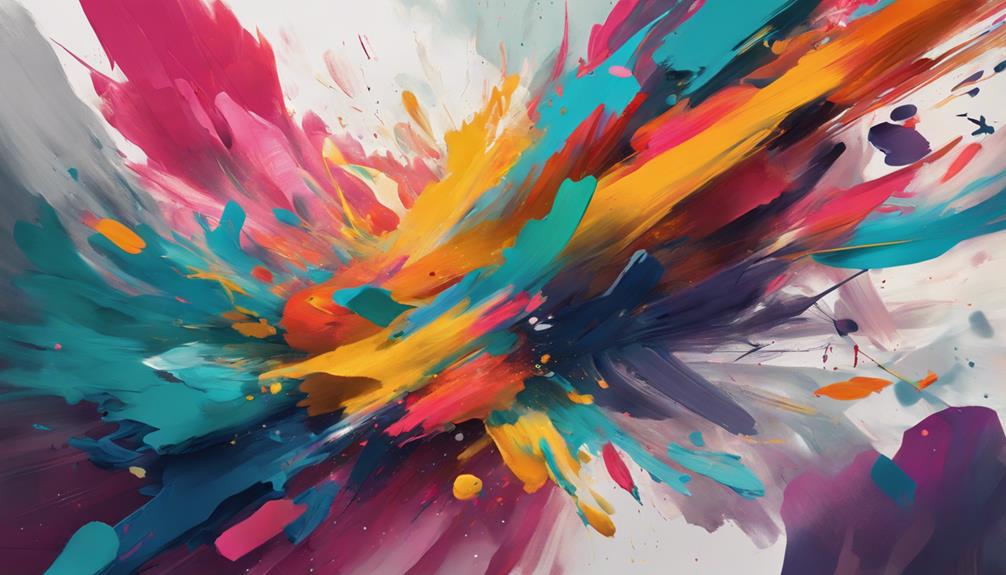The purpose of art has been a subject of profound contemplation, sparking debates and inquiries across various disciplines. As we navigate the labyrinth of artistic expression, the question emerges: does art simply exist to adorn our world, or does it harbor a deeper significance that transcends aesthetics? By dissecting the layers of creativity, symbolism, and cultural resonance embedded within art, we unravel a tapestry of human experience that invites us to ponder the intricate interplay between the artist, the artwork, and the observer. The mystery of art's purpose beckons us to probe further into its enigmatic depths, beckoning us to explore the very essence of our existence.
Key Takeaways
- Art serves as a cultural mirror, reflecting societal values and beliefs.
- Artists communicate heritage and identity through their creations.
- Art challenges norms and inspires change within society.
- Art fosters understanding, unity, and connection among diverse groups.
Exploring the Essence of Art
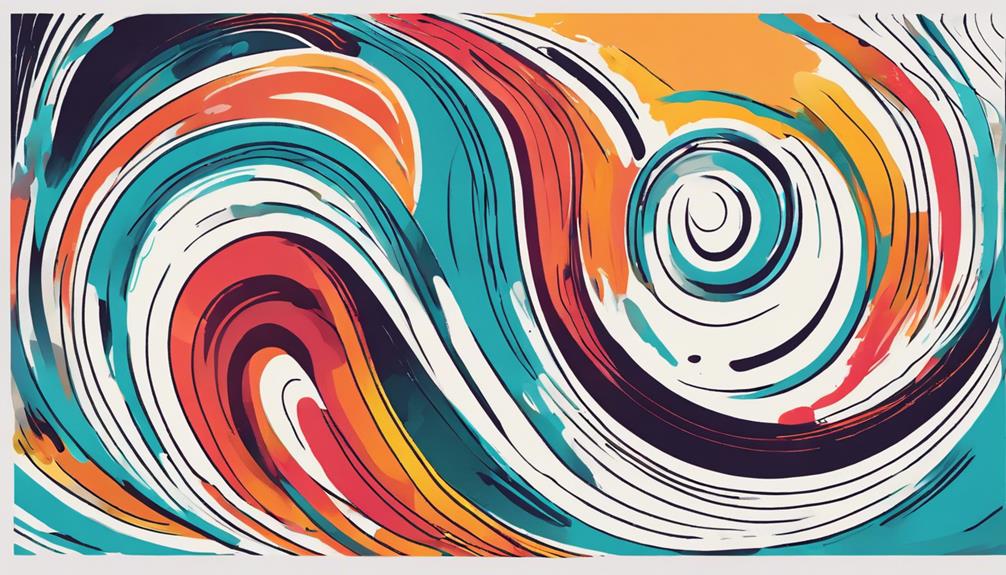
Art, being a multifaceted and profound form of human expression, warrants a meticulous examination to uncover its intrinsic nature and significance in society. Creativity lies at the core of art, driving artists to innovate, experiment, and push boundaries in their work. This creative process allows for the exploration of new ideas, perspectives, and emotions, enriching both the artist and the audience. Moreover, art serves as a cultural mirror, reflecting the values, beliefs, and traditions of a society. Through artistic expression, individuals can communicate their heritage, history, and identity, fostering a sense of belonging and unity within the community.
Artistic Expression in Society
In the realm of societal dynamics, artistic expression functions as a reflective lens through which the values, beliefs, and emotions of a culture are vividly portrayed. Artists use various forms of creative expression to communicate their perspectives, challenges, and experiences, providing a platform for societal dialogue. Through art, individuals can provoke thought, challenge norms, and inspire change within a community. Artistic expression in society serves as a catalyst for conversations that delve into complex societal issues, fostering empathy and understanding among diverse groups. By addressing prevalent themes and emotions through their creations, artists contribute to the cultural tapestry and offer new perspectives for consideration. In essence, art acts as a mirror reflecting the multifaceted nature of societal values and beliefs, inviting viewers to engage critically with the world around them. This engagement with artistic expression not only enriches cultural discourse but also encourages introspection and contemplation of the human experience within a societal context.
The Role of Art in Human Experience
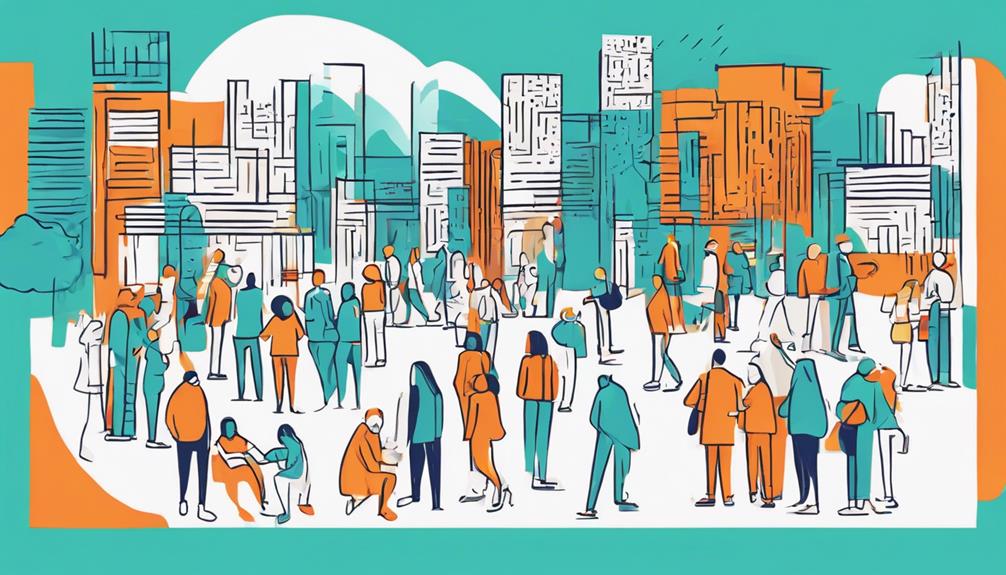
A fundamental aspect of human experience lies in the intrinsic relationship between individuals and artistic expression. Art serves as a powerful tool that can deeply connect with people on emotional, intellectual, and spiritual levels. In the realm of human experience, art plays a crucial role in shaping perceptions, fostering empathy, and sparking introspection. Here are three key points highlighting the significance of art in human experience:
- Reflecting Human Emotions: Art serves as a mirror, reflecting the diverse range of human emotions and experiences. Through various art forms, individuals can see their own feelings and experiences mirrored back to them, creating a sense of validation and understanding.
- Bridging Differences: Art provides a bridge for understanding and connection among people from different backgrounds. It transcends language barriers and cultural differences, enabling individuals to find common ground and shared experiences through artistic expressions.
- Catalyzing Transformation: The transformative power of art is profound, as it has the ability to alter perceptions, catalyze change, and mirror society's evolution and aspirations. Through art, individuals can be inspired to see the world in new ways, challenge existing norms, and envision a better future.
Multifaceted Meanings of Art
The diverse interpretations and nuanced meanings attributed to artistic creations underscore the intricate layers of significance embedded within the realm of artistic expression. Art serves as a multifaceted form of creativity, allowing artists to express a wide range of emotions, thoughts, and ideas through various mediums. Whether it is painting, sculpture, music, or literature, artists use their creations to convey their innermost feelings and engage with the audience on a deep emotional level.
Furthermore, art functions as a vehicle for social commentary, enabling artists to address important issues, provoke thought, and challenge societal norms. Through their work, artists can shed light on pressing social issues, evoke empathy, and inspire change. The interpretation of art is subjective, leading to varied meanings and understandings among individuals. This diversity in interpretation enriches the artistic experience, fostering contemplation, dialogue, and introspection. Artists wield their creative talents not only to entertain but also to educate, heal, and provoke meaningful discussions within society.
Impact of Art on Culture
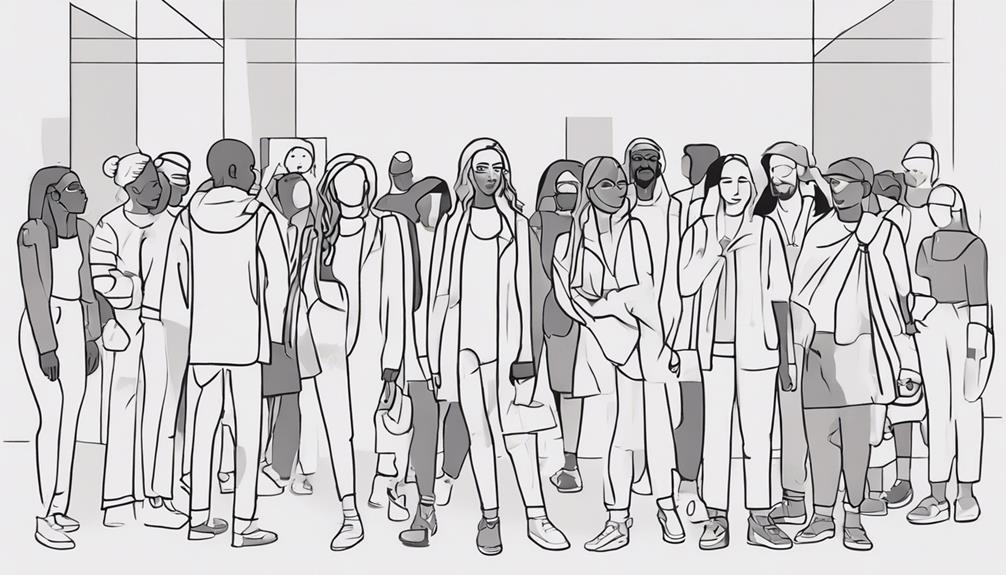
Art plays a pivotal role in shaping the cultural landscape by influencing perceptions, preserving traditions, and introducing new perspectives.
How Art Impacts Culture:
- Preservation of Cultural Values: Artists act as custodians of cultural heritage, capturing traditions, beliefs, and practices in their works, ensuring that these elements are not lost but rather celebrated and passed down through generations.
- Catalyst for Change: Artists have the power to challenge societal norms and provoke thought, pushing boundaries and introducing fresh ideas that can lead to cultural evolution and growth.
- Cultural Identity Formation: Art helps individuals connect with their roots, understand their place in the world, and appreciate the diversity of human experiences, fostering a sense of belonging and unity within a community.
Through the transformative power of creativity, artists leave an indelible mark on culture, shaping its development and influencing how individuals perceive, experience, and contribute to the world around them. This reciprocal relationship between art and culture is essential for societal progress and enrichment.
Art as a Source of Inspiration
In exploring the role of artistic expression within cultural contexts, it becomes evident that art serves as a profound wellspring of inspiration, igniting creativity and imagination among individuals. Artists across various disciplines often draw inspiration from a multitude of sources, including nature, emotions, personal experiences, and societal issues. Through their creations, they aim to evoke strong emotions and provoke thoughtful reflections in viewers, ultimately challenging perspectives and fostering new ideas. The following table highlights the diverse sources of inspiration that fuel artistic creativity:
| Sources of Inspiration |
|---|
| Nature |
| Emotions |
| Personal Experiences |
| Societal Issues |
| Music, Literature, Culture, History |
Artistic inspiration, derived from such varied roots, serves a higher purpose beyond mere aesthetic pleasure. It has the power to uplift spirits, encourage innovation, and contribute to the continuous evolution of society by shaping perceptions and inciting change. Through its ability to inspire, art plays a crucial role in enriching human experiences and expanding the boundaries of imagination.
Art for Entertainment and Information
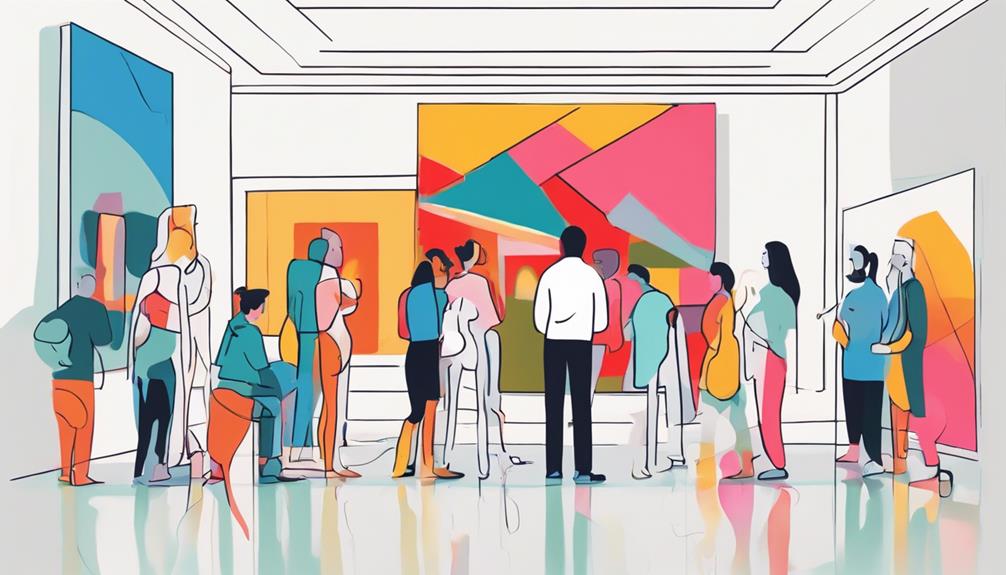
Artistic expression serves as a conduit for both entertainment and information dissemination, engaging audiences through visual narratives and symbolic representations.
- Entertainment: Art serves as a source of enjoyment and pleasure for viewers, offering a form of escapism and emotional stimulation. Whether through vibrant paintings, captivating performances, or immersive installations, art has the power to captivate and entertain audiences.
- Information: Through visual storytelling and symbolic representation, art provides a platform for education and knowledge dissemination. Artists convey complex ideas and messages in a visually appealing and engaging manner, allowing viewers to interpret and learn from the narratives presented.
- Visual Storytelling: From ancient cave paintings to modern digital art, visual storytelling has been a fundamental aspect of artistic expression. Artists utilize various mediums to capture the audience's attention and effectively communicate stories, concepts, and themes, enriching the viewer's experience with both entertainment and information.
Art as a Window to Other Cultures
Exploring the cultural significance embedded within artistic expressions can provide a gateway to understanding and appreciating the diverse beliefs and traditions of different societies. Art serves as a window to other cultures, offering unique insights into the values, traditions, and histories of various communities worldwide. For instance, in New York City, a melting pot of cultures, art from different parts of the world is showcased, allowing individuals to immerse themselves in the richness of global diversity. French art critic Philippe Burty recognized the importance of art as a tool for cross-cultural understanding, emphasizing its role in fostering empathy and tolerance among people from different backgrounds. Japanese art, known for its intricate details and deep cultural symbolism, provides a glimpse into the spiritual and aesthetic values of Japanese society. By studying art from diverse cultures, individuals can enhance their intercultural awareness and communication skills, paving the way for a more interconnected and harmonious global community.
Art for Communication and Connection
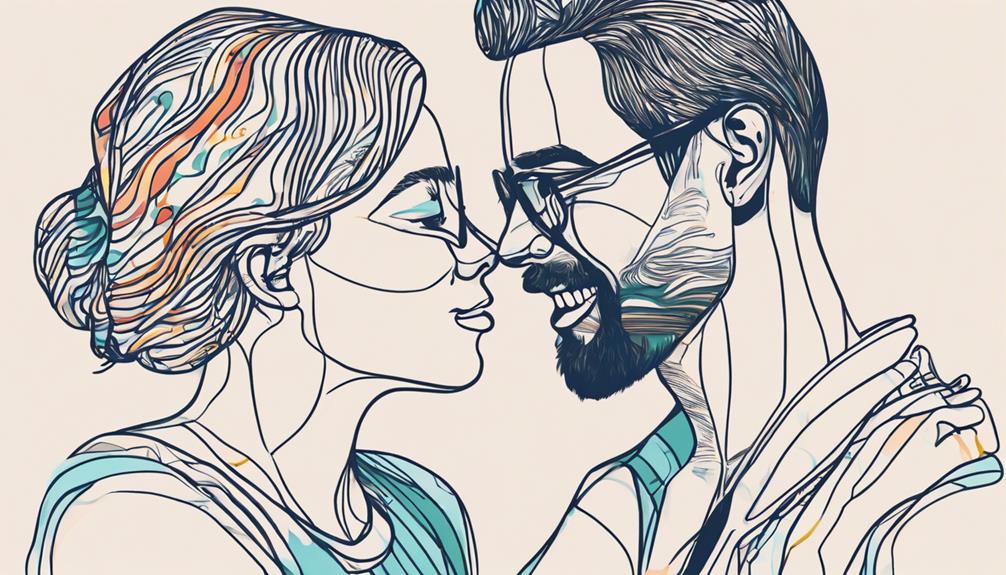
Understanding the fundamental role of art as a medium for fostering communication and connection is essential in appreciating its significance in society. Art serves as a powerful tool that allows us to connect with others, express our feelings, and create meaningful interactions. Here are three key aspects highlighting the importance of art for communication and connection:
- Universal Language: Art serves as a universal language that transcends barriers of language and culture, enabling individuals from diverse backgrounds to connect and communicate effectively.
- Expression of Thoughts and Emotions: Through various art forms such as visual arts, music, and dance, individuals can express their thoughts, emotions, and ideas, fostering a shared understanding and empathy among people.
- Facilitating Meaningful Interactions: Artists use their creative expressions to communicate complex messages, provoke thought, and evoke emotions, leading to meaningful interactions, conversations, and relationships that bridge differences. Art, therefore, plays a crucial role in creating dialogue, fostering understanding, and building connections that resonate across various audiences.
Art for Knowledge and Beauty
Art serves as a conduit for the transmission of knowledge and the exploration of beauty through visual representation. Artists continually seek new ways to capture the essence of the world around them, whether it be through intricate details in a painting, the emotions conveyed in a sculpture, or the storytelling in a photograph. Through their work, artists not only express their love for the world but also invite others to see it through their eyes, gaining new perspectives and insights. Art has the power to open minds to different cultures, histories, and ideas, expanding our understanding of the world and its beauty. By delving into artistic creations, individuals can immerse themselves in a realm where creativity and imagination reign, offering a fresh lens through which to explore the depths of knowledge and the wonders of beauty that surround us.
The Purpose of Art in Web Design
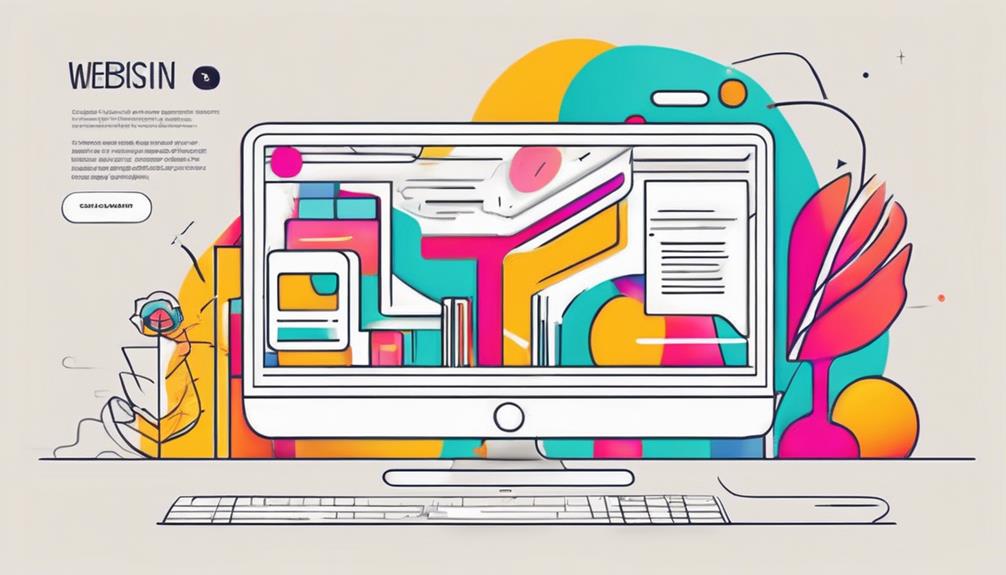
Art plays a crucial role in web design, influencing the user's perception and interaction with the website. By focusing on visual appeal and user experience enhancement, art in web design can effectively communicate information and evoke emotions. The strategic use of artistic elements helps establish a website's identity, making it memorable and engaging for visitors.
Visual Appeal Importance
Visual appeal plays a pivotal role in web design, significantly influencing user perceptions and behaviors towards websites.
- Credibility: 75% of users judge a website's credibility based on its aesthetics, emphasizing the importance of visual appeal.
- First Impressions: Good design can lead to a 94% first impression rejection rate due to poor visuals, highlighting the need for engaging aesthetics.
- User Engagement: 38% of people will stop engaging with a website if the content or layout is unattractive, underscoring the impact of visual appeal on user interaction.
These statistics demonstrate that visual appeal is a critical component in web design, impacting factors such as credibility, first impressions, and user engagement. The significance of aesthetics cannot be understated, as it greatly influences user behavior and website success.
User Experience Enhancement
Enhancing user experience through strategic integration of artistic elements in web design is crucial for fostering meaningful interactions and boosting website effectiveness. By creating visually appealing websites, art helps convey brand identity, values, and messaging to the audience in a compelling manner. Incorporating art elements such as illustrations, graphics, and animations enhances the overall aesthetic appeal, making the website more memorable and impactful. Moreover, art in web design can guide users through the site, improving navigation and usability. The purpose of art in web design goes beyond aesthetics; it aims to evoke emotions, establish connections, and leave a lasting impression on visitors, ultimately enhancing the overall user experience.
Why Art Matters
In the realm of human expression and societal development, the significance of art cannot be understated. Art matters for various reasons, each contributing to its importance in both individual lives and society as a whole:
- Power of Creativity: Art harnesses the power of creativity to push boundaries, challenge norms, and envision new possibilities. Through creative expression, artists can communicate complex ideas and emotions in ways that transcend traditional language, sparking innovation and imagination.
- Importance of Art: Art plays a crucial role in providing a platform for introspection, self-discovery, and personal growth. It allows individuals to explore their inner worlds, confront challenging truths, and find solace in times of turmoil. Moreover, art serves as a mirror reflecting the diversity of human experiences and cultural heritage, fostering empathy and understanding among communities.
- Transformative Power: Art possesses the transformative power to inspire positive change, provoke critical thinking, and reshape societal perspectives. By challenging existing paradigms and advocating for social justice, art can catalyze movements, promote inclusivity, and drive progress towards a more equitable and enlightened future.
Frequently Asked Questions
What Is the True Purpose of Art?
The true purpose of art lies in its ability to serve as a medium for emotional expression, cultural reflection, and societal commentary. Through visual, auditory, or tactile means, art can evoke profound emotions, mirror cultural values, and offer insights into societal issues. It acts as a powerful tool for communication, enabling individuals to convey complex ideas and connect with others on a deeper level. Art's essence transcends mere aesthetics, embodying a profound significance in human experience.
What Is the Purpose of the Art?
Expressing emotions, capturing beauty, and sparking creativity are the fundamental objectives of art. Through various mediums and techniques, artists convey their innermost feelings, depict the world's aesthetic allure, and ignite innovative thinking in both creators and viewers. Art transcends mere representation; it delves into the depths of human psyche, offering a mirror to our emotions, a window to our aspirations, and a catalyst for introspection and inspiration.
What Are the 5 Purposes of Art?
Art serves multiple purposes, including emotional expression, cultural reflection, and societal commentary. Through art, individuals can convey their feelings, beliefs, and experiences, providing a platform for introspection and connection. Additionally, art acts as a mirror reflecting societal norms, values, and struggles, sparking conversations and promoting understanding. By encompassing emotional, cultural, and societal dimensions, art enriches human experience and fosters creativity and empathy.
Why Is Art so Important?
Art holds significance due to its ability to serve as a platform for cultural expression, creating emotional connections between individuals. It promotes creative exploration and influences societal perspectives through its impact. Additionally, art facilitates personal reflection and serves as a medium for universal communication. Its role in fostering empathy, critical thinking, and innovation underscores its importance in enriching human experiences and promoting understanding across diverse backgrounds.
Conclusion
In conclusion, the purpose of art transcends mere aesthetics, serving as a profound reflection of society, a catalyst for personal expression, a cultural chronicle, and a powerful tool for education and community engagement. Its impact on human experience, culture, communication, and knowledge is undeniable, shaping our understanding of the world and fostering creativity and empathy. The significance of art lies in its ability to connect us, provoke thought, and inspire change.
